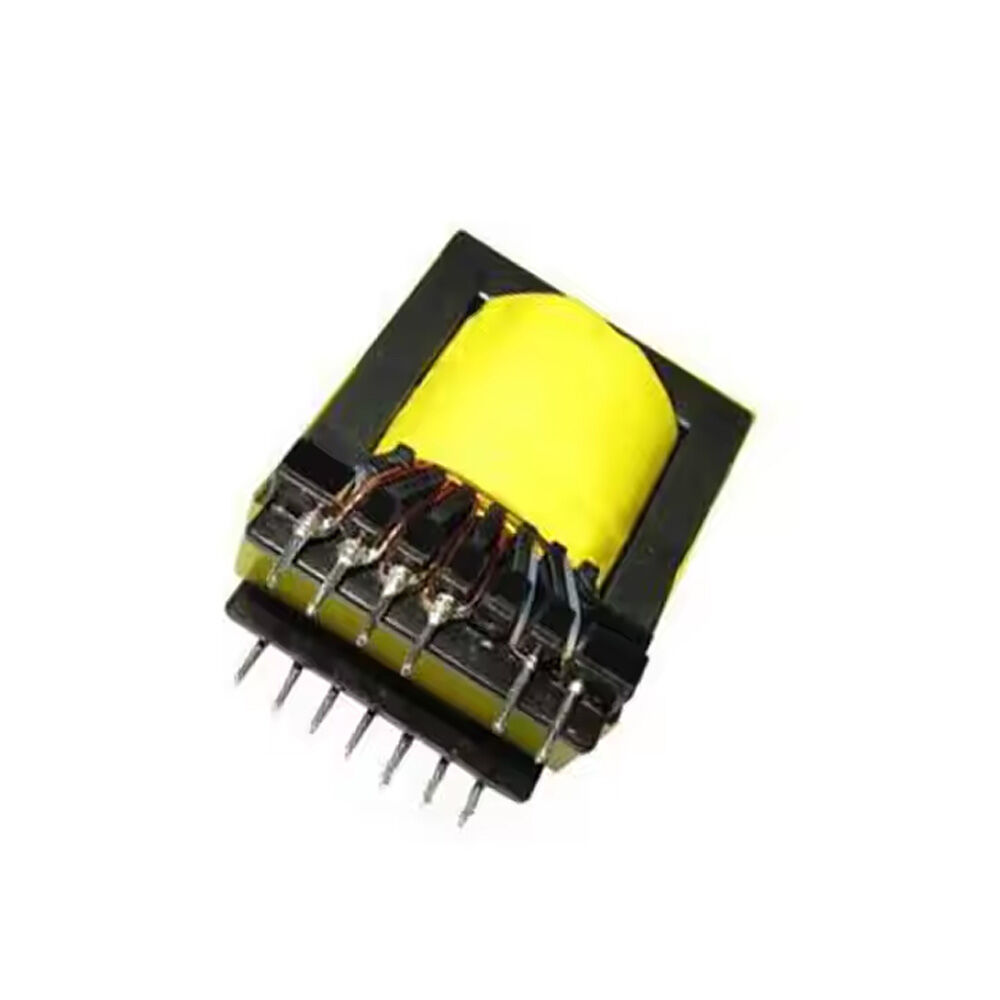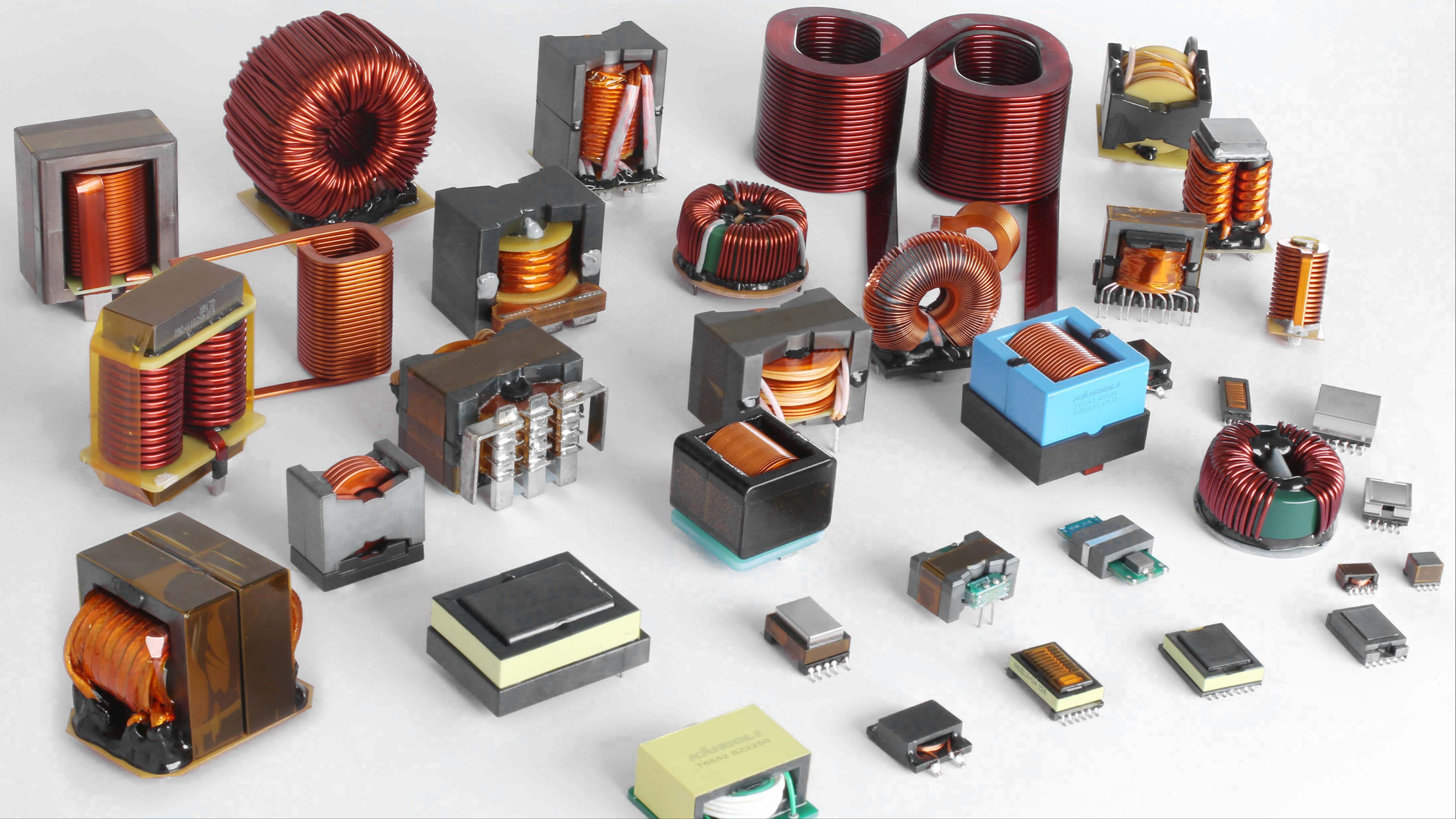220v 380v Step Up Ee28 Bobbin Core Cutting Machine Pcb Mounting High Circuit Diagram Abstract The demand for high efficiency, higher density power supplies, creates new challenges for designers of high frequency (HF) planar transformers. In order for the power system to achieve the desired efficiency, the transformer losses have to be calculated precisely.

In power electronics, the tendency to increase power and frequency (in the range of several MHz) has become an actual concern and leads to challenging design of the magnetic components. The traditional design methods need to be adapted to this demand, since high frequency effects in the core behavior need to be considered, and parasitic elements play a key role. In this paper, a new design High Frequency Transformers: Basic Principles High-frequency transformers operate using the same basic principles as standard transformers. The primary difference is that, as their name implies, they operate at much higher frequencies — while most line voltage transformers operate at 50 or 60 Hz, high-frequency transformers use frequencies from 20 KHz to over 1MHz.

PDF "Magnetics Design 4 Circuit Diagram
A transformer is a static electrical device that transfers electrical energy between two or more circuits through electromagnetic induction. A high frequency transformer is a type of transformer that operates at frequencies higher than the standard power frequency of 50/60Hz. The frequencies they operate at range from a few kilohertz to megahertz. At higher frequencies, the behavior and design

Design of Inductors and High Frequency Transformers s store energy, transformers transfer energy. This is the prime difference. The magnetic cores are significantly different for inductors and high frequency tra Power Transformer Design This Section covers the design of power trans-formers used in buck-derived topologies: forward converter, bridge, half-bridge, and full-wave center-tap. Flyback transformers (actually coupled induc-tors) are covered in a later Section. For more spe-cialized applications, the principles discussed herein will generally apply. High-Frequency Transformer Design with High-Voltage Insulation for Modular Power Conversion from Medium-Voltage AC to 400-V DC. 2020 IEEE Energy Conversion Congress and Exposition (ECCE), 5053-5060.
![[PDF] Design and Optimization of HF Transformers for High Power DC Circuit Diagram](https://d3i71xaburhd42.cloudfront.net/4fa8232664b91d172929bcf927fee7e435ba87a4/57-Figure3.2-1.png)
PDF High Frequency Solid State Transformer Design Considerations ... Circuit Diagram
When operating at high frequencies, the engineer has to review the window utilization factor, Ku, in Chapter 4. When using a small bobbin ferrites, use the ratio of the bobbin winding area to the core window area is only about 0.6.

The choice of circuit topology obviously has great impact on the transformer design. Flyback transformer circuits are used primarily at power levels in the range of 0 to 150 Watts, Forward converters in the range of 50 to 500 Watts, half-bridge from 100 to l000 Watts, and full bridge usually over 500 Watts. The SST is a high frequency switched Power Electronic Devices (PEDs) based transformer with high controllability that enables flexible connectivity between existing medium voltage power distribution network, low voltage AC residential system and envisioned DC residential system.
